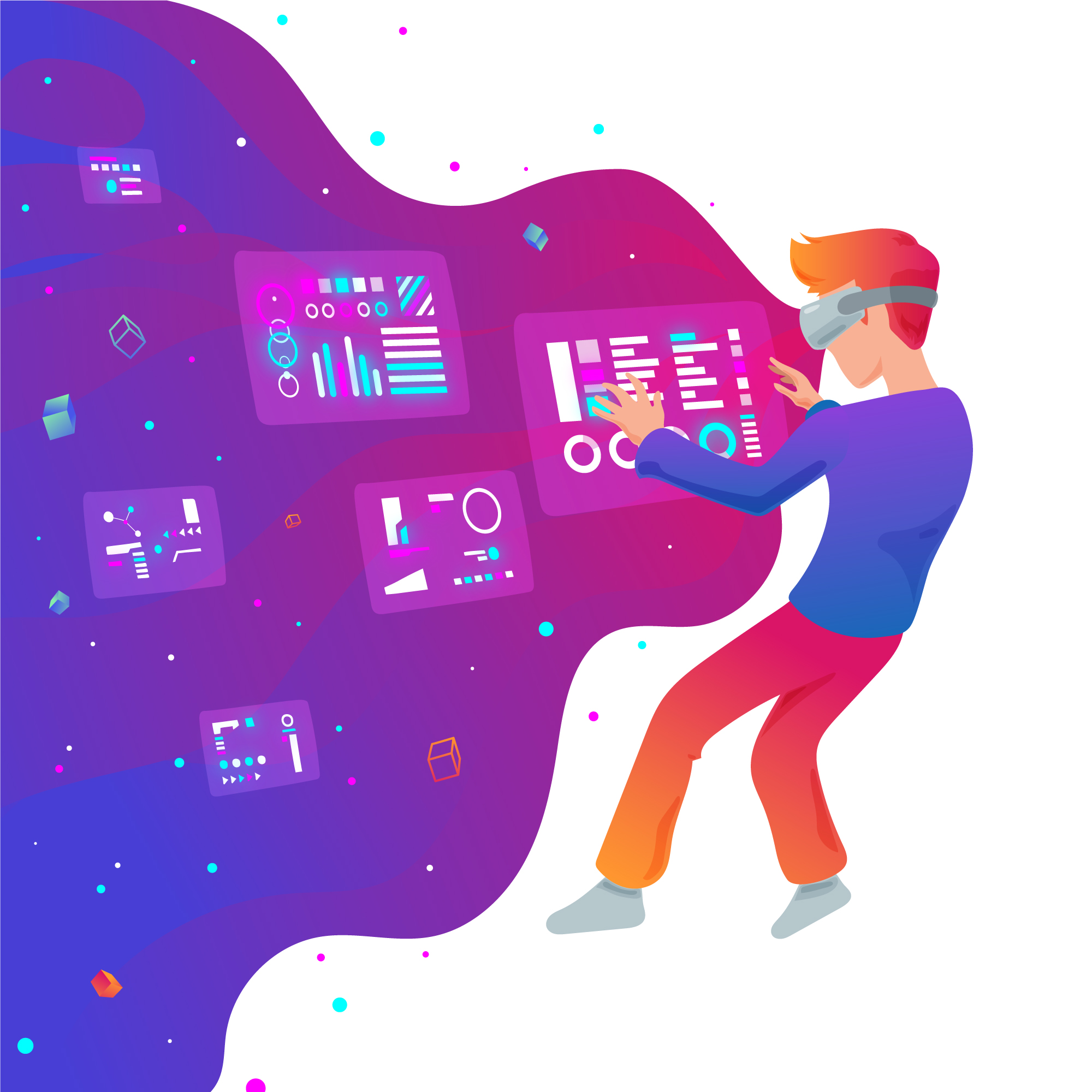Tech
Gaming Experience Is Spiced Up By Web3 Game Development Services

The $300 billion+ gaming sector, which attracts up to three billion players yearly, is being upended by blockchain gaming. This is a lucrative market opportunity for Web3 developers who can create an engaging game, grow a committed audience, and make it available worldwide. Web3 Mobile Game Development has expanded the boundaries of what is possible for gaming experiences. Thanks to NFTs, games now have property rights, peer-to-peer transactions are possible, and Web3 wallets completely maintain user control over them. The Blockchain Gaming Alliance currently predicts that in 2023, gaming improvements will be the single biggest factor driving adoption. These improvements might include dynamic NFTs that alter in response to actual events or random outcomes.
The foundation of each successful Web3 game is made up of core teams, Web3 Game Development Services, and individual developers. However, by collaborating with seasoned Web3 gaming studios and platforms, their efforts can be strengthened. Let’s investigate more!
Five things to think about before developing a Web3 game
1. Gameplay
At the beginning, you must base your decision on genres. It would be necessary to look at use cases and choose games where NFTs make sense. The following game kinds could be used to produce non-fungible tokens:
- Action game
- A gaming area
- Gaming experiences
- Games of chance
- Card games
- Simulated races
- Play board games online and more.
-
Technical
According to Footprint Analytics, Wax, BNB, Polygon, Ronin, and Hive are the most well-liked Web3 game chains. As far as programming languages and technology go, you can use Unity3d, C#, ASP.NET Core, MongoDB, MySql, Truffle, and AWS. Aside from that, make sure your game can be released on a variety of platforms, such as the web, PC, Android, and iOS.
The main elements of Web3 game development are as follows:
- Voting and decision-making processes for game development updates are defined with the help of smart contracts.
- Node providers who help gamers access data from the blockchain network.
- Web3 games require open and interoperable media design standards to manage text, audio, video, 3D scenes, and many other vectors for dApp compatibility.
- Use a digital wallet to identify and save a variety of in-game products and collectibles.
- XR devices, such as haptic gloves, smart glasses, scanning sensors, etc., to enhance Web3 gaming experiences.
- Applications for NFT
NFTs can be used for a wide range of activities. For example, players can use them to help them own and hold items in the game world that are unique collectibles that only one person can gather and hold. For individuals who want to display their affinity to a certain object, the gaming environment offers players the option to either purchase valuable NFTs or acquire some through gameplay. The ability to directly trade NFTs with other users within the gaming environment can help players advance or outperform opponents. For players who don’t need or want more complicated stories, the value of an NFT may function as a collector’s object within the game, reinforcing specific psychological narrative features.
4. Sustainability
Playing Web3 games has numerous challenges, including getting cryptocurrency, setting up a wallet, and paying gas costs. Not to mention the information asymmetry that surrounds blockchains in general. This does not suggest that “free to play” is always the best solution, but it does imply that it becomes harder to democratize Web3 games the more expensive the entry fee is. It is important to defend expensive buy-ins.
5. Community
The ability for players to connect with one another and exchange experiences makes community an essential part of gaming since it encourages player engagement. Telegram, Discord, and Twitter have become the hubs of Web3 life; nevertheless, other social media sites like TikTok, Instagram, and Twitch continue to show the project’s connections to the community. Those working in DAOs must do it properly since it will be essential to attaining the web3 objective of a completely decentralized, lively community.
Utilizing Web3 Game Development Services to Create a Web3 Game
Depending on the type of project, the core gameplay, and the integration of specific features, the process of developing a Web3 gaming platform may require additional steps. However, the four essential phases are explained below.
Step 1: Pre-production
- Consult with experts and use Web3 Game Development Services
- Collect market data
- Describe the technological stack, platform, and concept of the game.
- A game design document (GDD) should be prepared.
- Create a prototype for your game’s demo.
- Layout of levels
- Establishing a cryptocurrency wallet
- Establishing smart contracts
- Game design
Step 2: Tests
A game should be thoroughly tested to make sure there are no bugs. Unit, alpha, and beta testing are the three main QA (quality assurance) steps of Web3 Game Development that guarantee a complete inquiry.
- Functional game testing
- Interoperability
- Regression
- Smoke Localization
- Access Security Control
- Acceptance by Users
- Testing an Irrelevant Game
- Stability under Performance Stress and Load
- Usability
- Compliance\configuration
Step 3: Install, update, and maintain
Once your testing team gives the all-clear, the game should be deployed and players should be welcomed. The endeavor never stops because every game entails continual tracking, analysis, and improvement.
You already know how to develop a Web3 role-playing game if you’ve read this far. There was also an option for you to learn more about the background code. The Web3 gaming industry is still in its infancy, therefore there is still a lot of space for growth and development. Due to market maturity, traditional gaming is expected to expand by just 10.0 CAGR (Accenture), ten times less than web3 games. According to Bitkraft Ventures & Naavik and Dizon, the market is expected to grow from $1.5 billion in 2021 to $50 billion in 2025 at a CAGR of 100%, with 1 million to 10 million participants every day.
Conclusion
Even without the requisite skills, anyone has the ability to create amazing Web3 games. We trust that this article has given you some useful knowledge on the major genres, distinguishing traits, and phases of Web 3 game development. Suffescom Solutions offers full-cycle game creation services, including ecosystem infrastructure, blockchain integration, and art and game design. If you’re looking for a dependable tech partner or a strategic consultant for the next excellent Web3 game, get in contact with the appropriate Web3 Development Services right now. We’re glad to assist!
-
Blog1 year ago
MyCSULB: Login to CSULB Student and Employee Portal – MyCSULB 2023
-
Android App3 years ago
Cqatest App What is It
-
Android1 year ago
What Is content://com.android.browser.home/ All About in 2023? Set Up content com android browser home
-
Software2 years ago
A Guide For Better Cybersecurity & Data Protection For Your Devices
-
Latest News2 years ago
Soap2day Similar Sites And Alternatives To Watch Free Movies
-
Android2 years ago
What is OMACP And How To Remove It? Easy Guide OMACP 2022
-
Android3 years ago
What is org.codeaurora.snapcam?
-
Business2 years ago
Know Your Business (KYB) Process – Critical Component For Partnerships

























